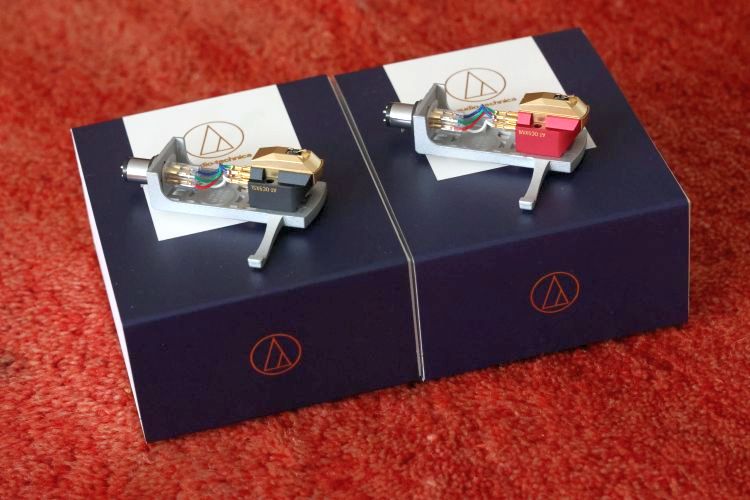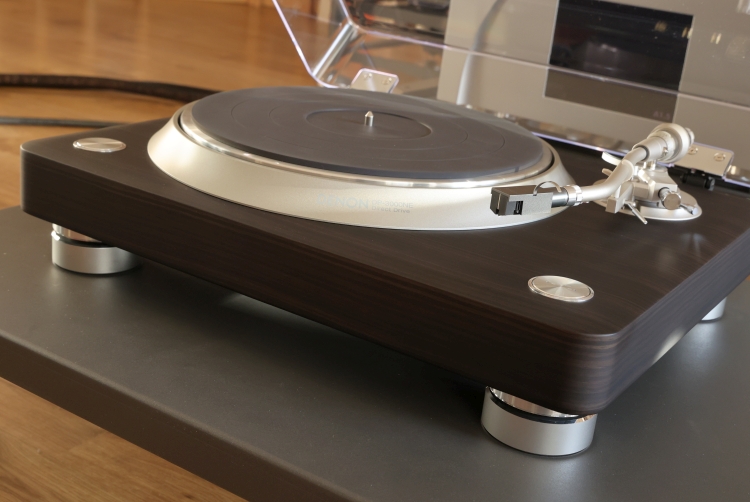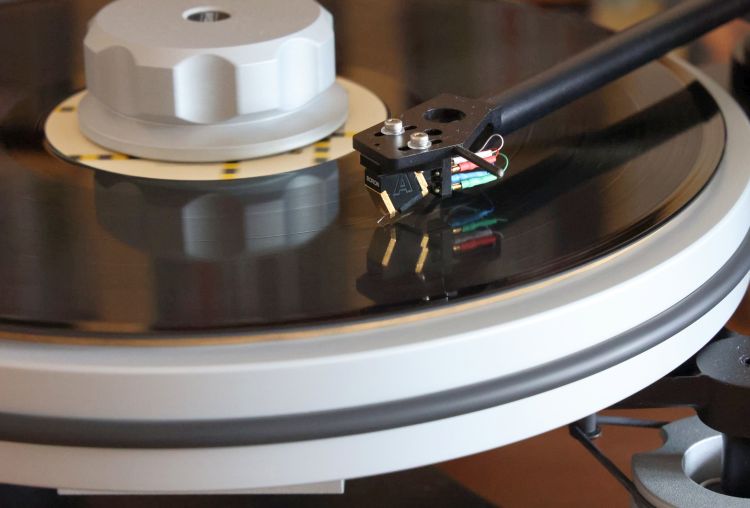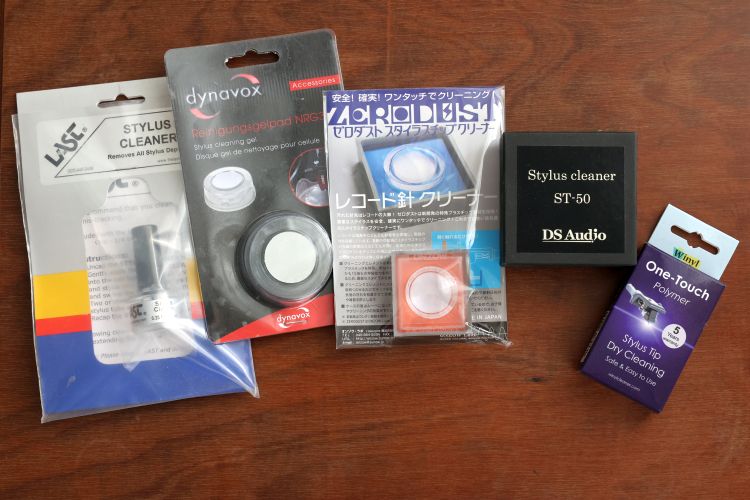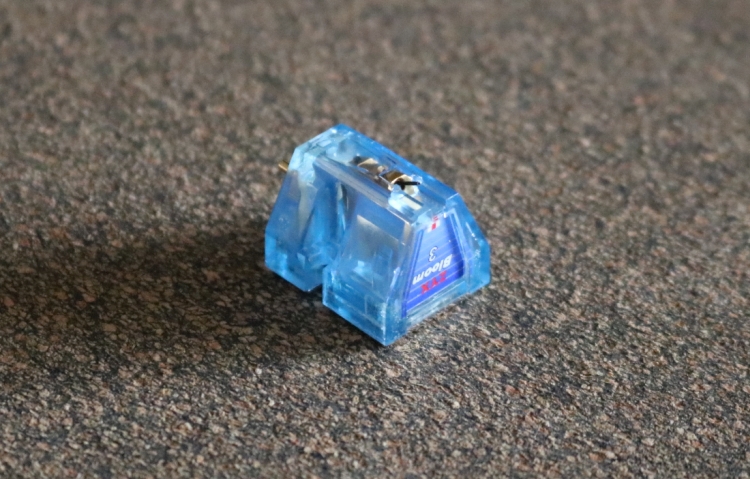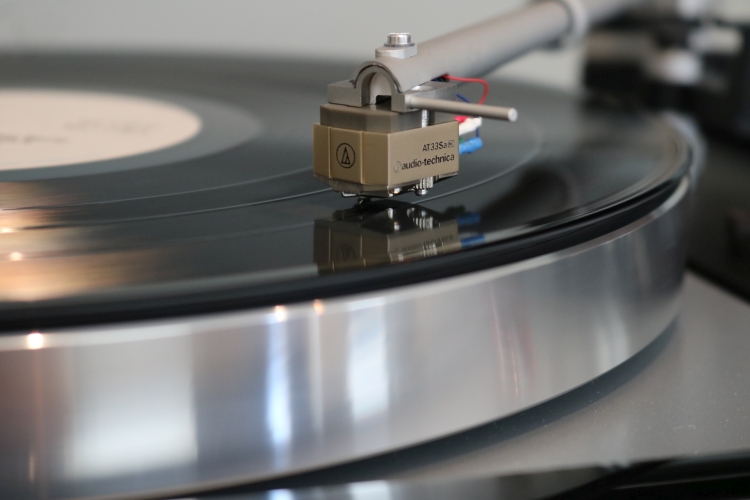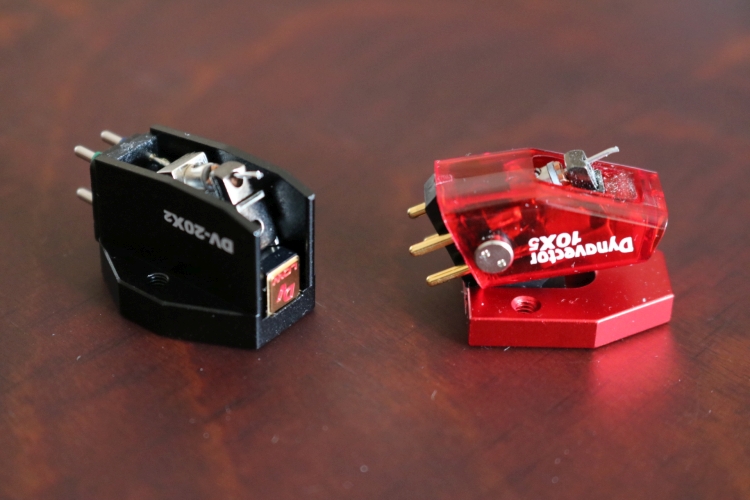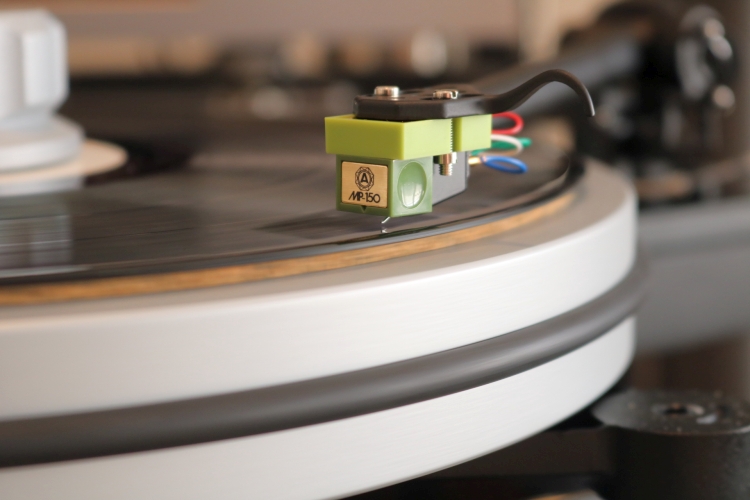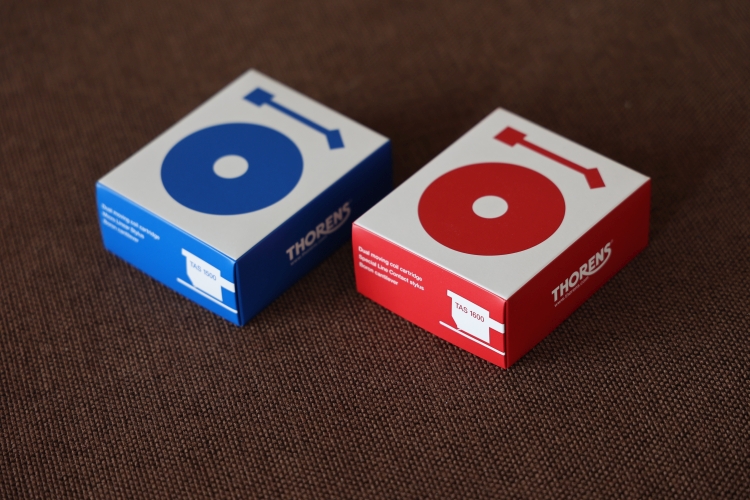
Review samples supplied by Penhold, distributor for the Benelux
Retail prices in the NL, including 21% VAT:
TAS 1600 – 1.199 euro
TAS 1500 – 849 euro
TAS 1600 Cartridge
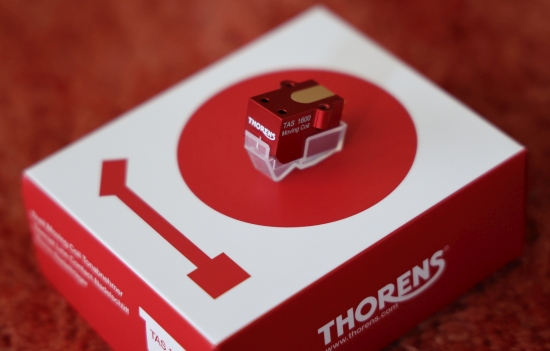
The TAS 1600 is an MC pickup featuring a naked diamond with a Special Line contact cut and a solid boron cantilever. The cartridge is manufactured for Thorens in Japan and is intended to be an ideal match with the TD 1600 and TD 1601 turntables.
TAS 1500 Cartridge
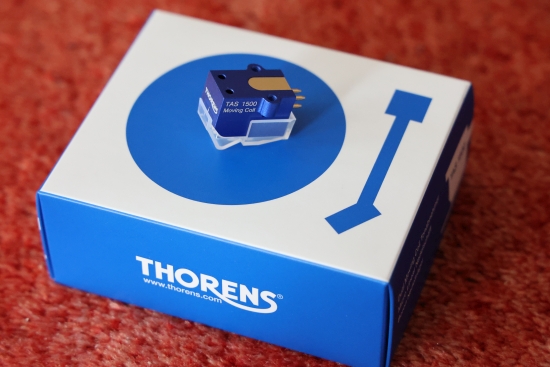
The TAS 1500 Cartridge is an MC pickup featuring a naked diamond with a MicroLinear contact cut and solid boron cantilever. It is manufactured for Thorens in Japan and is intended to be an ideal match with the TD 1500 and TD 403 turntables.
The TAS 1500 may be priced lower than the TAS 1600 even if, traditionally speaking, its MicroRidge stylus shape could be considered more exotic than the 1600’s fine line. But of course, things are never black and white when it comes to audio matters. And, to a very large extent, the success of any cartridge depends on the marriage between the arm and the turntable.
I have consistently achieved very good results with the MicroRidge stylus shape, so I was particularly interested in how these two Thorens cartridges compare.
Compliance
The two cartridges deviate slightly in terms of compliance. The offset is only small, but it could theoretically affect their behavior in a given tonearm.
TAS 1600 has slightly higher compliance:
Static compliance: 22 × 10 – 6 cm/dyne
Dynamic compliance: 18 × 10 – 6 cm/dyne (100 Hz)
TAS 1500 has slightly lower compliance:
Static Compliance 20 x 10 – 6 cm/dyne
Dynamic Compliance 16 x 10 – 6 cm/dyne (100 Hz)
Resemblances
Although Thorens is understandably tight-lipped about their cartridges’ precise origins, one can’t help but notice that the TAS 1600’s inner black part with the stylus assembly resembles that of the Audio Technica AT OC9 range. Further, the TAS 1600 specs are identical to those of the AT OC9 XSL, except for the weight: 8.2 grams for the TAS 1600 and 7.6 grams for the OC9 XSL.
Just as the TAS 1600 resembles the AT OC9 XSL, the TAS 1500 resembles the AT OC9 XML, based on visual appearance and specifications, which are identical, except for the weight.
All in all, it seems safe to assume that the Thorens cartridges are based on Audio Technica models, which, if true, would be a good decision, as I find them one of the most consistent and reliable cartridge manufacturers. I have yet to come across an AT sample with misalignment, cosmetic, or longevity issues.
Visual similarities and differences aside, Thorens indicates that their cartridges are tweaked for optimum performance with their turntables. Such tweaks need not be visible to the naked eye. In any case, it’s worth noting that the difference in weight and distribution can have quite a marked impact on the cartridge’s behavior and, thus, the sound, even if this is not reflected in the specs. On a personal note, I prefer the TAS 1600 body’s boxy shape, as it makes alignment that much easier.
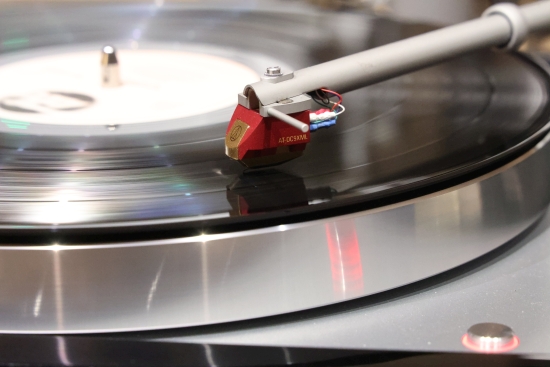
For comparison, I have an Audio Technica AT OC9 XSL that has been used for three quarters of a year with the TP 92 tonearm and can be considered well run-in. Naturally, I also made sure to run in the two Thorens cartridges for a fair comparison. Interestingly, I encountered very different behavior from the TAS 1600 compared to the TAS 1500 as they accumulated hours.
System Context
The cartridges have been listened to in my main system, which consists of the CH L1 preamp, CH A1.5 power amp, and Magico S1 MkII speakers. Over a period of three months, I used two Thorens TD 1600/1601 turntables, one with the older TP 92 tonearm and the other with the new TP 160 tonearm.
Phono stages used include the Lejonklou Entity, Manunta EVO Phono 3, and M2Tech Nash, all connected via Driade Flow Link Reference 808 interlinks. Speaker cables used are the Jorma Unity.
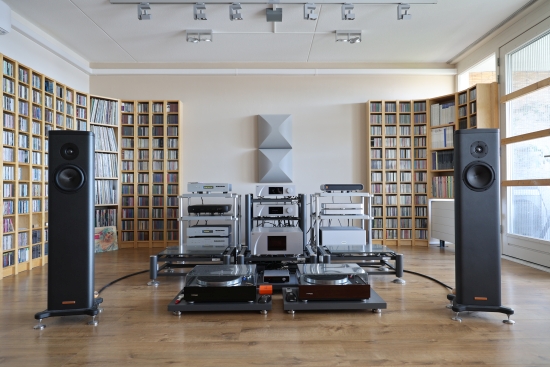
TAS 1500 First Impressions
The TAS 1500, mounted in the TP92 arm, with zero hours of use, sounds great right from the first minute it plays. It sounds similar to the AT OC9 XSL that I used in this turntable for the better part of the year, but it also sounds different in some ways. The similarities include a particularly fast, open, articulate, precise, immediate, lively, and expressive delivery. The TAS 1500 deviates by sounding timbrally purer and more realistic. By that, I mean that it gets closer to the natural sound of acoustic instruments, whereas the AT OC9 XSL can sound a little lean and desaturated. In addition, the TAS 1500 has a more robust bass and is even crisper, slightly less romantic, but instead, more direct. So far, the cartridge is pleasantly familiar and even more impressive. Given that a good portion of my musical diet revolves around transient behavior, the TAS 1500 fits right in.
TAS 1600 First Impressions
The TAS 1600, mounted in the TP160 arm, with zero hours of use, sounds impressively delicate, smooth, and fluid from the first minute but also quite soft and dynamically restrained. Contrary to the TAS 1500, the newly mounted TAS 1600 is polite to the point of being uninspiring. On the other hand, despite its technically strictly speaking less exotic stylus shape, it is very clearly more refined, liquid, transparent, and more highly resolving than the TAS 1500. The difference in treble behavior is especially striking; the TAS 1600 (in the TP 160) makes the TAS 1500 (in the TP 92) sound relatively low-resolving and rough. Could this be predominantly a function of an (un) happy marriage between the cartridge and tonearm?
Continued Listening
Before jumping to conclusions, I allowed both cartridges considerable playing time while noting the number of LP sides the cartridges had played. At the time of writing, the cartridges have played 107 LP sides.
TAS 1500
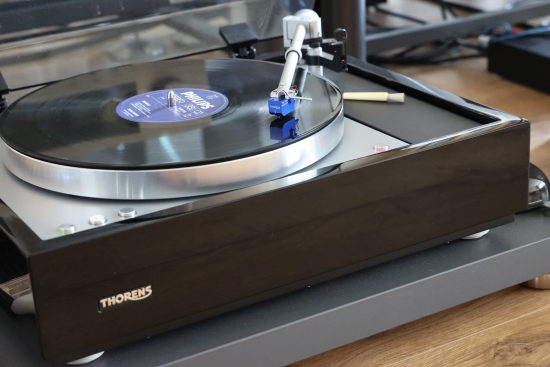
As I found while the hours accumulated, the TAS 1500 does not require much use before it starts sounding great, and it also does not really “transform” its character or overall performance while running in. In the time that I have used the TAS 1500, it’s behaved entirely consistently. The only difference I noted while using it for three months is that it gained a little bit more body and tonal saturation while retaining all its initial qualities.
TAS 1600
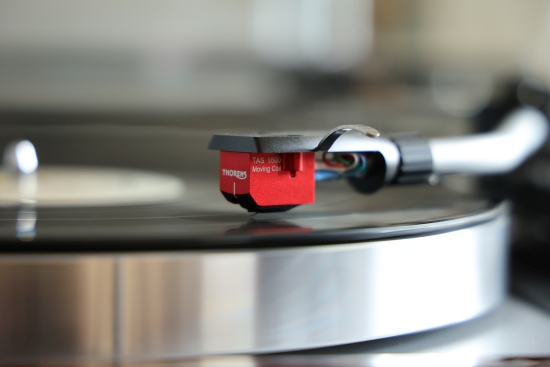
The TAS 1600, however, behaved very differently in terms of running in. This reminded me of another Audio Technica cartridge. Before settling on the MicroRidge model that I used so far, I compared the AT-OC9XSL (Line Contact) and OC9XML (MicroRidge) using a Denon DP-3000NE Turntable. As I found during that review, I clearly preferred the MicroRidge model. That was not a surprise, though, as I have historically always preferred MicroRidge stylii over less exotic stylus shapes.
Now, hearing the TAS 1600, which seems to have similarities with the cartridge that I did not like very much earlier this year, I feared its fate was sealed. However, the Thorens turntable behaves very differently from the Denon, and so does the TP 160 arm. Besides the TAS 1600 sounding lazy and restrained or, in other words, less exciting than the TAS 1500, it did show massive promise in terms of delicacy and fluidity. This is something I also did not hear back in January. So, I persevered and kept playing records, hoping the TAS 1600 would eventually break free.
Typically, all things being equal, a MicroRidge stylus will produce more precise and articulate bass than a Fine Line. So far, while still accumulating hours, the TAS 1600 with its Fine Line stylus sounded indeed quite a bit rounder in the TP 160 tonearm than my usual AT MicroRidge cartridge in the TP 92 tonearm. 8 more LP sides did not make a difference. After 26 more LP sides, however, things started to turn around. Now, the TAS 1600 was no longer lazy or soft.
In fact, it now reminded me of the TAS 1500 in the TP 92-equipped TD 1601 in terms of midrange clarity, control, and transient attack. Throughout that listening session (9 more LP sides), as the TAS 1600 continued to break in, the happy marriage of the cartridge with the TP 160 tonearm further solidified. Eventually, after about two months, the cartridge was entirely free from its initial restraint. Now, it sounded as delicate and refined as before but fast, open, and expressive as well. And it has an effortless flow combined with superb inner detail, amazing openness and transparency, and blazingly fast transients followed by long-lingering decays and a beguiling liquidity.
Next: TAS 1600 and the TP 92 tonearm, TAS 1500 second round, and Conclusion
